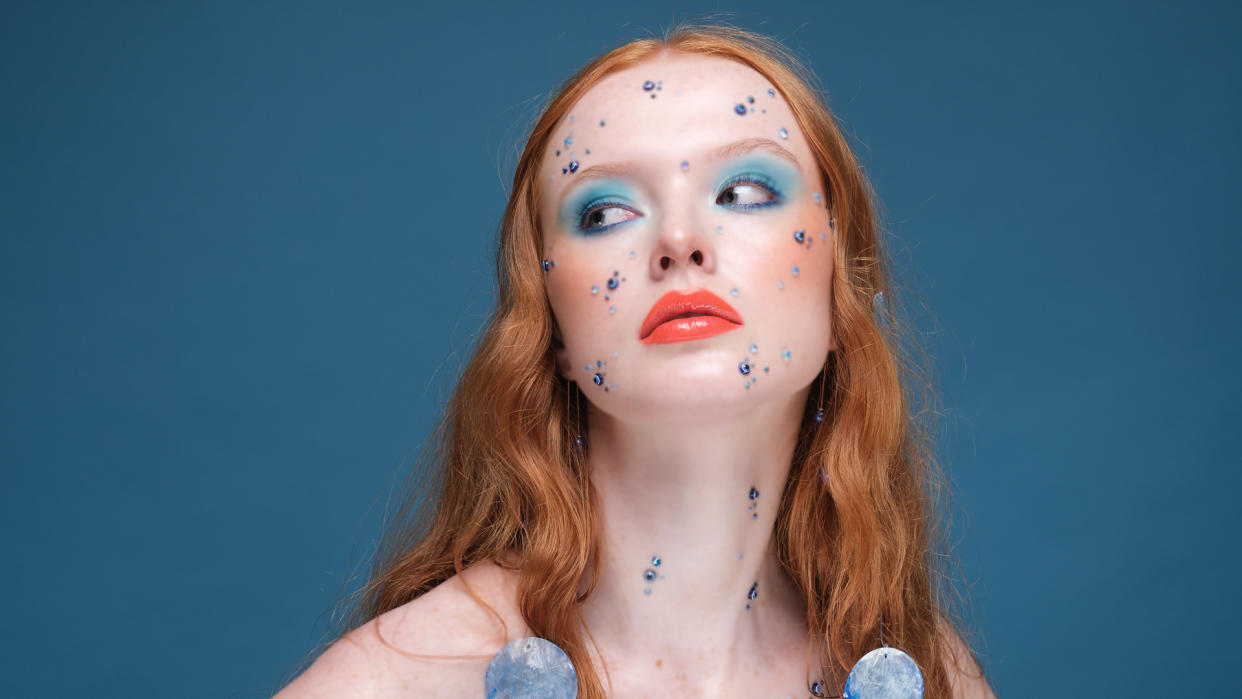Photographers… Stop doing this to your skin!

You know what shows off that you don’t know what you're doing more than anything with portraits? No, it’s not cheesy smiles, but they’re pretty bad still. It’s the way you blur your skin. It’s awful. It’s ugly. And you’re making it look much worse.
Yes, yes, I get that you’re trying to help. It was a bad skin day, or the shadows weren’t flattering. They’re great things to fix. We all want to look our best in photographs, but simply blurring this skin isn’t the way to do it. I know it’s exciting discovering that you can use blur to remove issues and it does seem to work. Until you know better.
You can look at the components of skin as having two parts. First you have all the texture, and then you have the underlying colour and tone. When you blur to fix tone or colour issues, you’re destroying texture. Instant ick. Often when you try to fix texture issues with blur, it does remove the issue but leaves smooth spots on the face that are just odd.
So simply blurring is an issue, what about a solution? Well there’s actually a few solutions. The pros use a technique called Dodge and Burn. Or micro dodge and burn. You zoom into the image and make dark pixels lighter and light pixels darker. We perceive blemishes and wrinkles based on light and shadow, so by evening up the contrast, we can remove them in a natural-looking way.
It’s pretty tedious, so you might want a faster way. Have a look for Frequency Separation tutorials. This splits the skin into two parts. That color and tone part, and the texture part. This allows you to blur the colour without destroying texture and heal texture without weird smooth spots. Some programs, like Affinity Photo have this built in, but Photoshop requires you to create the layers yourself. Now stop blurring your skin.

